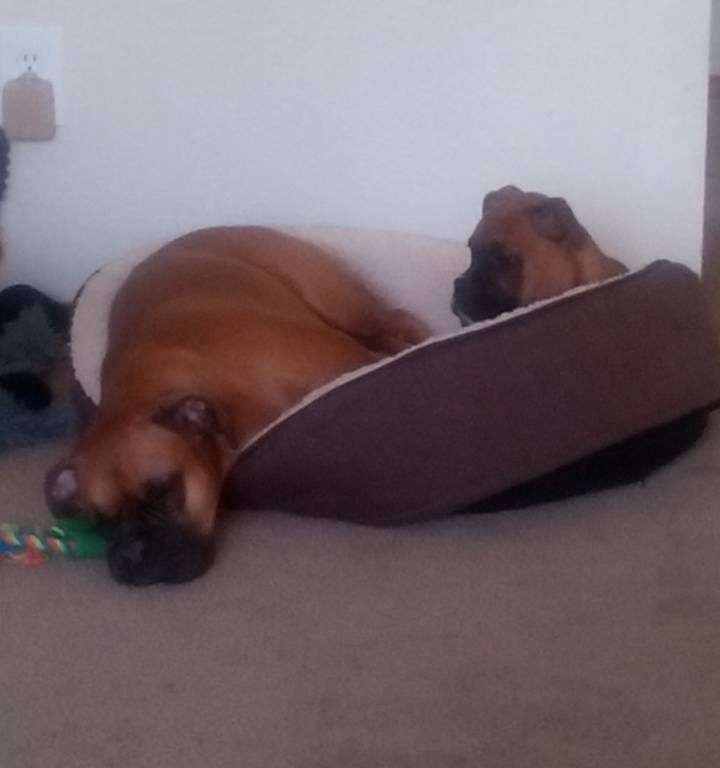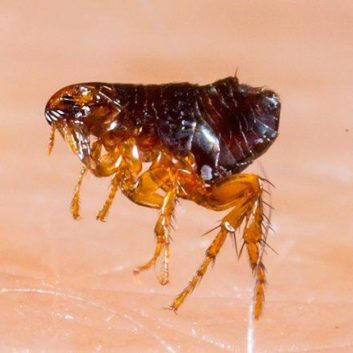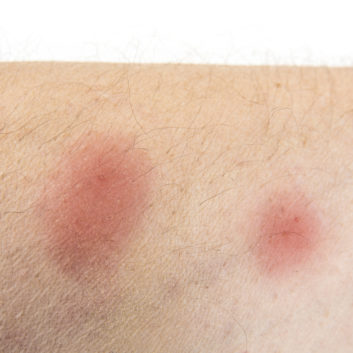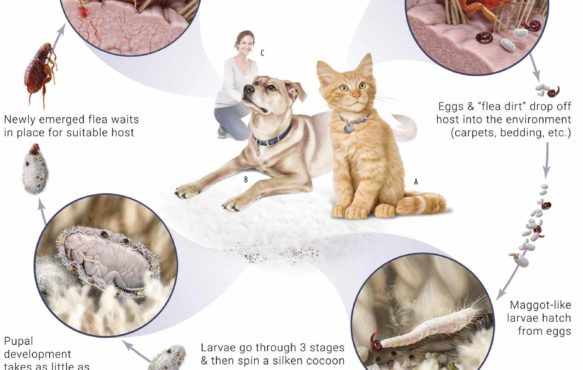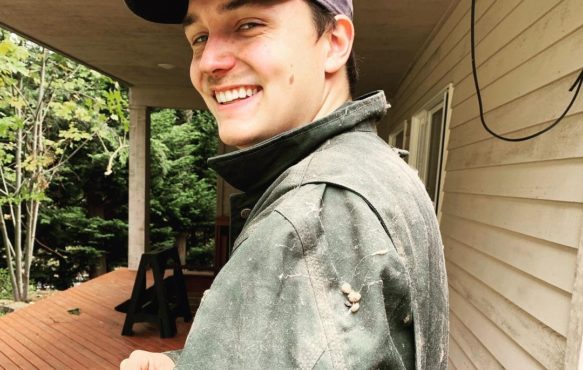Why Fleas Love our Homes
Your home may become infested with fleas and you may not initially know it. Fleas are small and can easily hide in upholstery, bedding, furniture, and floor cracks. Fleas live and breed in warm, moist places, so infestations are usually worse in the summer months. While flea activity does slow down in winter months, it doesn’t completely stop. The warmth of your home provides the ideal environment for fleas during the colder months, and eggs can last for years without hatching until warmth and vibrations are detected. Fleas like to stay on an animal’s underbelly or around their anus, so they can easily be transferred to your carpet when your pet lies down. They also have armored bodies that make them almost impossible to crush, allowing them to thrive in your carpet undetected.




